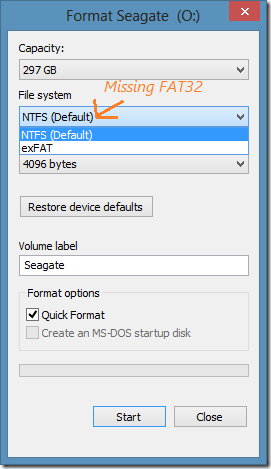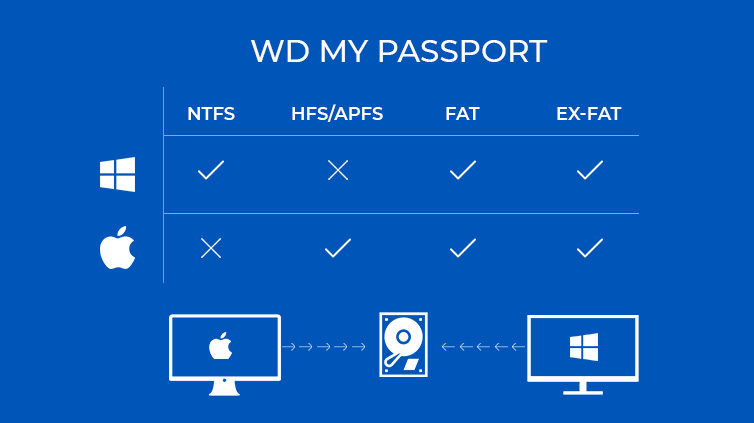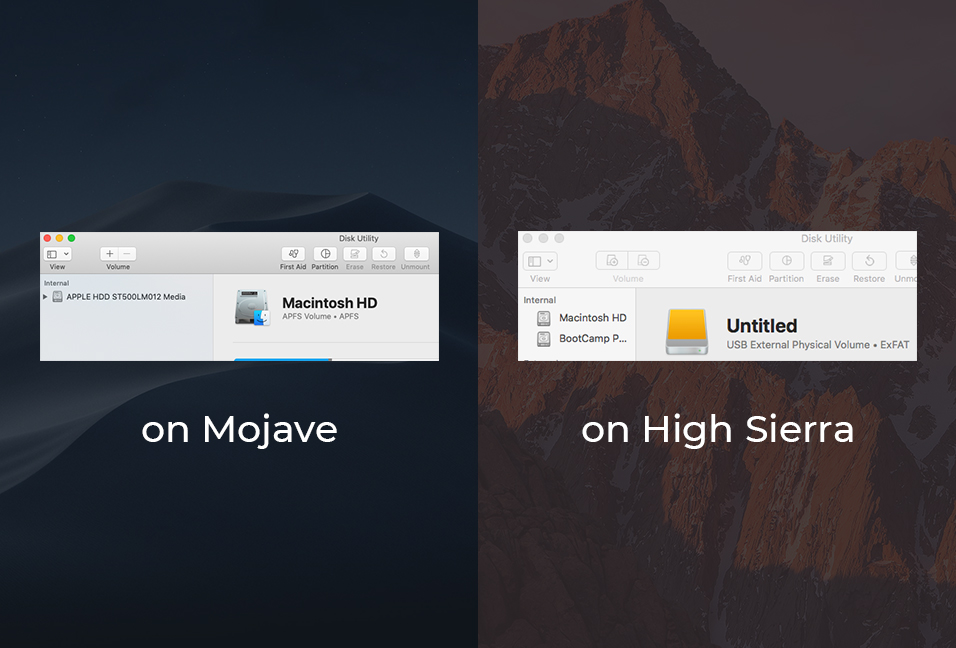


exFAT works on both macOS and Windows, and it doesn’t have the 4 GB file-size limit that FAT32 does, so you’ll be able to back up movies and other large files. If you need to transfer files between Mac and Windows computers, exFAT (extended File Allocation Table) is the best option, although it doesn’t work with File History or Time Machine.

If you’re using an SSD, there is a newer format called APFS (Apple File System), which is intended for built-in drives and external SSDs for newer Macs.(Check the product listing to confirm the drive will be labeled as an HDD or SSD.) If you plan to use an external hard drive (HDD), which costs less than an external solid-state drive (SSD) for more storage capacity but has the downside of slower transfer times and a far less durable design, you should use HFS+ (Hierarchical File System Plus, also called macOS Extended Journaled). Typically, if an external drive is physically larger than a deck or cards or has more than 2 TB of storage, it’s an HDD.macOS and Linux computers, however, can only read files stored on such a drive they cannot write to an NTFS-formatted drive.

NTFS is native to Windows, and most hard drives are preformatted for this file system.


 0 kommentar(er)
0 kommentar(er)
